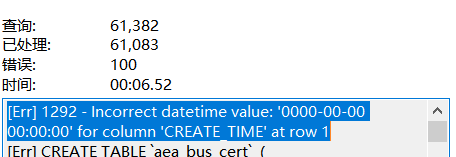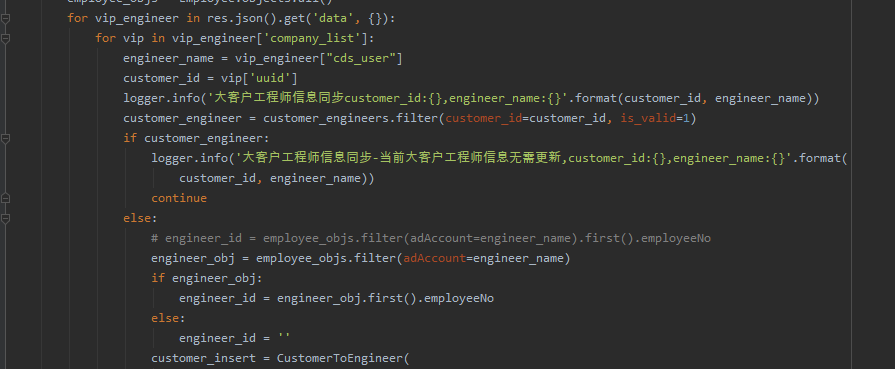1. this
除去不常用的 with、eval,this 的指向大致分为以下4种:
- 作为对象的方法使用
- 作为普通函数调用
- 构造器使用
Function.prototype.call和Function.prototype.apply调用
1.1 作为对象的方法调用
当函数作为对象的方法调用时,this指向该对象。如果对象的方法起了别名,this指向全局对象,具体可见如下代码。
const person = {
userName: 'Mango',
sayName () {
console.log(this);
console.log(this.userName);
}
}
person.sayName(); // Mango
// 起别名
let sayName = person.sayName;
sayName(); // undefined 此时 this 指向全局对象1.2 普通函数调用
普通函数分为:ES5 函数 和 箭头函数(ES6)。
- ES5中的函数,this 总是指向全局对象;
- ES6的箭头函数,this 与定义时的上下文相关
<body>
<div id="myDiv"> 我是一个DIV </div>
<script>
const divDom = document.querySelector('#myDiv');
divDom.addEventListener('click', function () {
// this 指向 divDom
console.log('匿名函数的 this: ', this);
let callback = function () {
// this 指向 window
console.log('匿名函数中callback this: ', this);
}
let callback2 = () => {
// this 指向 divDom
console.log('匿名函数中callback(箭头函数) this: ', this);
}
callback();
callback2();
})
divDom.addEventListener('click', () => { // 此时上下文在全局环境中
// this 指向 window
console.log('箭头函数的 this: ', this);
let callback = function () {
// this 指向 window
console.log('箭头函数中callback this: ', this);
}
callback();
})
const obj = {
addEvent () {
divDom.addEventListener('click', () => { // 此时上下文在 obj 对象环境中
// this 指向 obj 对象
console.log('在对象内部箭头函数的 this: ', this);
let callback = function () {
// this 指向 window
console.log('对象内部匿名函数中callback this: ', this);
}
callback();
})
}
}
obj.addEvent();
</script>
</body>1.3 构造器调用
当用 new 运算符调用函数时,该函数总会返回一个对象,通常情况下,构造器中的 this 指向返回的这个对象。
const Person = function () {
this.name = 'Mango';
}
const person = new Person();
console.log('person name: ', person.name);1.4 call 和 apply
Function.prototype.call 和 Function.prototype.apply 可以动态改变 this 指向,两者唯一区别是调用方式不同。
const obj1 = {
name: 'Mango',
getName () {
return this.name;
}
}
const obj2 = {
name: 'Mango2'
}
console.log(obj1.getName()); // Mango
console.log(obj1.getName.call(obj2)); // Mango21.5 消失的 this
在 1.1 节中,对象的方法赋值给一个变量时(类似起别名),this 不再指向该对象,而是指向全局对象。如下:
const person = {
userName: 'Mango',
sayName () {
console.log(this);
console.log(this.userName);
}
}
let sayName = person.sayName;
sayName(); // undefined这种情况可以使用 apply 方法改变 this 指向,最简单的是直接改变指向,如下:
// 接上面案例
sayName.apply(person); // Mango为了保证 sayName 的 this 不丢失,可以再创建的时候就通过apply指明 this,如下:
// 使用了闭包
let sayName = (function (func, target) {
return function () {
return func.apply(target, arguments);
}
})(person.sayName, person);
// 也有比较简单的方式
let sayName = function () {
return person.sayName();
}可以将起别名抽象为一个函数,可以指定 this 指向:
function methodAlias (func, target) {
return function () {
return func.apply(target, arguments);
}
}
let sayName3 = methodAlias(person.sayName, person);
sayName3();同样的例子还有给 document.querySelector 等函数起别名,如下所示:
// Error: 该方法内部会使用指向 document 的 this
let queryElem = document.querySelector;
queryElem('#id'); // Error
// 使用自定义的起别名方法,指明 this 指向
let queryElem = methodAlias(document.querySelector, document);
queryElem('#id');使用 bind, 推荐
在大部分浏览器中都实现了 Function.prototype.bind 方法,可以如下使用:
let sayName4 = person.sayName.bind(person);
sayName4(); // Mango
let queryElem = document.querySelector.bind(document);
queryElem('#id');bind方法的实现原理如下:
Function.prototype.bind = function (context) {
let self = this;
return function () {
self.apply(context, arguments);
}
}2. call 与 apply
2.1 简述
call 与 apply 只是在形式是不同,如下所示:
const func = function (a, b, c) {
console.log([a, b, c]);
}
// apply 的第二个参数是数组或类数组
func.apply(null, [1, 2, 3]);
// call 会将函数的参数依次往后排,call 是 apply 的一个语法糖
func.call(null, 1, 2, 3);
}当call 和 apply 的第一个参数为 null 时,函数(普通函数与对象方法)体内的 this 会指向默认的宿主对象,在浏览器中是 window。
window.age = 200;
const obj = {
age: 28,
func2: function () {
console.log('func2: ', this.age);
}
}
const func1 = function () {
console.log('func1: ', this.age);
}
func1.apply(null); // 200 this指向window
func1.apply(obj); // 28 this指向 obj
obj.func2.apply(null); // 200 this 指向 window
obj.func2.apply(obj); // 28 this指向obj2.2 call 和 apply 的其他用途
借用其他对象的方法
最典型的就是类数组借用 Array.prototype 中的方法。
比如函数的参数列表 arguments 是一个类数组对象,虽然它也有“下标”,但它不是真正的数组,所以不能像数组一样使用数组的方法。
这种情况就可以使用 Array.prototype 中的方法。
一般情况下,对象有“下标”和length属性即可使用数组的原型方法。
常用方法如下所示:
// 将类数组转为数组
Array.prototype.slice.apply(arguments);
// 往类数组中添加元素
Array.prototype.push.apply(arguments, ['one']);
//...

















